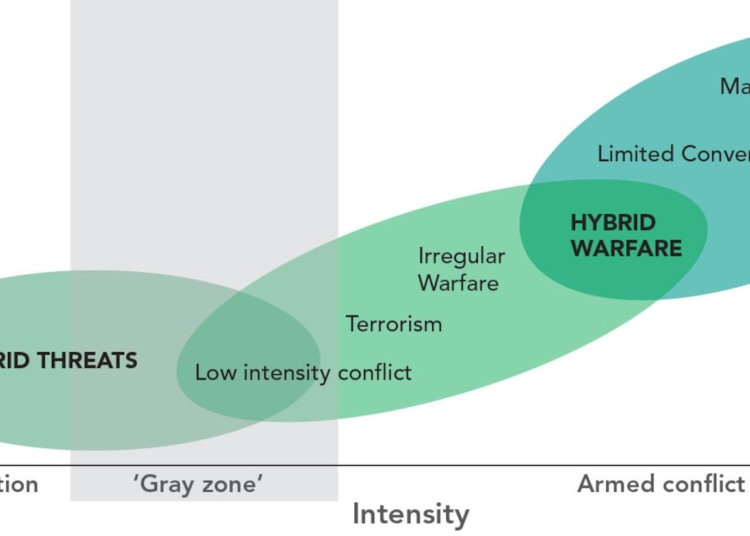The evolution of defense policies has been shaped by the changing nature of threats and conflicts. From traditional warfare and the Cold War to the emergence of asymmetric and hybrid threats, governments and military organizations have had to continually reassess and refine their defense strategies. This includes a shift towards counterterrorism, cybersecurity, and multinational collaboration to address modern security challenges. Adapting to new technologies and investing in innovative capabilities is also crucial in maintaining a competitive edge. By acknowledging the evolving nature of threats and taking a multilateral approach to security, defense policies can effectively protect interests and citizens in an increasingly complex and interconnected world.
The Evolution of Defense Policies
Defense policies have evolved significantly over the decades to adapt to the changing nature of threats and conflicts. From traditional warfare to hybrid threats, governments and military organizations have had to continuously reassess and refine their defense strategies to effectively protect their interests and citizens.
Traditional Warfare
Traditionally, defense policies were primarily focused on preparing for and responding to conventional warfare between nation-states. This involved building and maintaining strong standing armies, navies, and air forces, as well as developing advanced weaponry and technologies to deter potential adversaries and win in large-scale conflicts.
The Cold War
During the Cold War era, defense policies were largely shaped by the rivalry between the United States and the Soviet Union, leading to the development of nuclear weapons, ballistic missile systems, and massive military build-ups on both sides. The focus was on deterring a nuclear conflict through mutually assured destruction and containing the spread of communism.
Emergence of Asymmetric Threats
In recent decades, the nature of conflicts has evolved, giving rise to asymmetric threats from non-state actors, such as terrorist organizations and insurgent groups. These threats often involve unconventional tactics, such as guerrilla warfare, terrorism, and cyber attacks, which require a different approach to defense.
Counterterrorism and Counterinsurgency
In response to these asymmetric threats, defense policies have shifted to include counterterrorism and counterinsurgency strategies, focusing on intelligence gathering, special operations forces, and building partnerships with other nations to combat transnational threats. Additionally, there has been an increased emphasis on homeland security and cybersecurity to protect against non-traditional forms of aggression.
Rise of Hybrid Threats
More recently, defense policies have had to grapple with the emergence of hybrid threats, which combine elements of conventional and unconventional warfare, as well as political, economic, and informational tactics. This multi-dimensional approach complicates the traditional understanding of warfare and requires new strategies to effectively address.
Cyber Warfare and Information Operations
Hybrid threats often involve cyber warfare and information operations to influence public opinion, disrupt critical infrastructure, and undermine democratic institutions. As a result, defense policies now place a greater focus on strengthening cybersecurity capabilities, countering disinformation campaigns, and improving resiliency against non-kinetic forms of aggression.
Adapting Defense Policies
To address the evolving nature of threats, defense policies must continue to adapt and innovate. This includes investing in new technologies, such as artificial intelligence, autonomous systems, and space-based capabilities, to maintain a competitive edge and deter potential adversaries.
Multinational Collaboration
Furthermore, given the transnational nature of many modern threats, defense policies increasingly involve collaboration with allied nations and international organizations to coordinate responses and share intelligence. This multilateral approach is essential for addressing complex, global challenges effectively.
Conclusion
Defense policies have evolved significantly from traditional warfare to hybrid threats, reflecting the changing nature of conflicts and security challenges. By continually reassessing and adapting strategies, governments and military organizations can effectively protect their interests and citizens in an increasingly complex and interconnected world.













